Study shows - physical-digital play concepts make children more creative
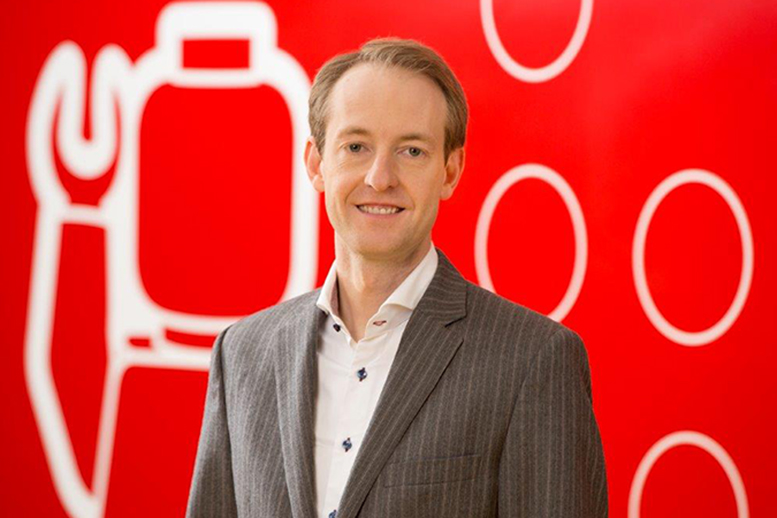
Latest news

-ADVERTISEMENT- The wellness and fitness trend has arrived in the …

The fight against environmental destruction and the climate crisis are …
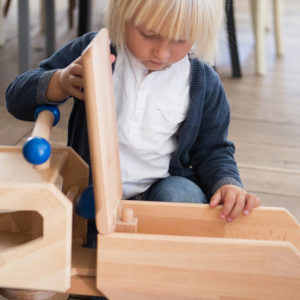
Anyone looking for new products in the field of toys, …
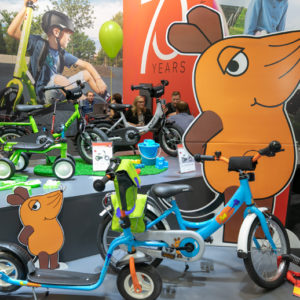
It is a market with huge dimensions and great potential. …

For companies, a social media presence has become indispensable and …
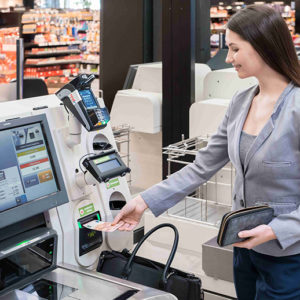
Hardly anything disturbs customers as much as waiting at the …

Research by TV station RBB has shown that some outlet …
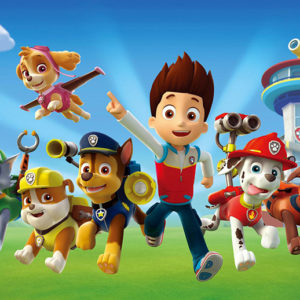
The industry association Licensing International (formerly LIMA) has honored outstanding …
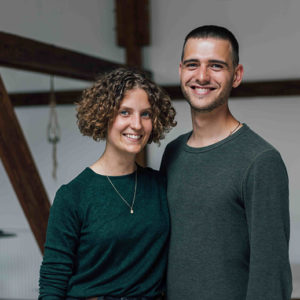
Communications manager Hannah König and managing director Stephan Schenk are …
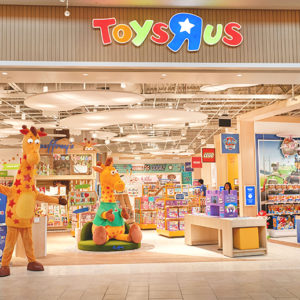
The toy dealer wants to leave his insolvency behind him. …
A neuroscientific study conducted by the Goldmedia Research Institute on behalf of Lego Hidden Side shows that the combination of physical and digital play has positive effects on sensory and motor functions. Luna Journal spoke with Florian Gmeiner, Senior Marketing Director DACH and Dr. Florian Kerkau, Head of Studies at Goldmedia Custom Research GmbH, to what extent the Lego Hidden Side game concept promotes development in children.
What is the analysis about?
Dr. Florian Kerkau, head of studies at Goldmedia Custom Research GmbH: “The children first assembled part of the bus according to the enclosed instructions. Then the children got the school bus and a smartphone and were allowed to play freely with the Lego Hidden Side App. In both phases, the children’s brain waves were measured with an EEG helmet, as were their facial expressions and skin conductance. The main focus of the investigation was on the analysis of the recorded EEG patterns of different brain activities and states in order to differentiate them and thus follow the child’s playful experience. Following the two phases, the children were asked about their experience and evaluation of playing.
Why was the study conducted?
Florian Gmeiner, Senior Marketing Director DACH: As a toy manufacturer, we carry out regular studies and surveys in order to examine different perspectives on the subject of play and its development, the behaviour of children during play, the respective effects that playing alone or together has on children of all ages, etc. As a result, the children were asked about their experience and their assessment of playing. Our Play Well Report 2018, a global play report by the Lego Group, shows that children today are fluidly moving between the physical and digital worlds - we’re talking about physical play. With this neurological study, we wanted to investigate the effects of simultaneous play in the digital and physical world - analogous to our Lego Hidden Side game concept - on play behaviour and the development of cognitive abilities in children.
Who participated in the study?
Dr. Florian Kerkau: We invited 33 children from Berlin to participate in the study. Among them were boys and girls, absolute Lego fans and also children with less affinity to Lego products.
What does the study show?
The study shows that the combination of physical and digital play has a positive effect on sensory and motor skills and can promote children’s creativity. the development of the Lego Hidden Side Bus places analytical and precise motor requirements on the children, where spatial imagination is required. simultaneous play with the Lego Hidden Side Set and the corresponding app requires a completely different level of cognitive skills and abilities. Here the information processing has to take place very quickly, motor reactions take place spontaneously, which among other things can promote spatial orientation via augmented reality and positively influence the activity of the child.
Which developmental progress is promoted by “phygital games”?
Phygital play with Lego Hidden Side, i.e. the combination of physical and digital play, shows mental patterns that suggest increased creative processes in the brain. The digital world has become an integral part of our lives. This process will accelerate significantly in the coming years. For this reason, it is important that children learn how to deal with the digital world and are gently introduced to it. This does not mean, however, that children should be given as much access to the digital world as possible as early as possible.
Which learning successes are supported by digital games?
Digital games primarily activate emotions, spontaneity and reaction speed. In addition, skills such as orientation, attention and perception as well as recognition are promoted. In the combination of physical and digital play, the study participants showed a particularly high degree of focus and concentration and the measurement of brain activity also indicates increased creativity. This is a very good basis for recognising the real conditions on which digital systems are generally based in other areas of digital life as well.
How do you explain that the combination of physical and digital play has positive effects on children’s sensory and motor skills?
Playing is a natural need of children to prepare them for the reality of life, for a phase of life in which they can no longer enjoy the permanent protection of adults. In today’s technologically pervaded world, you need slightly different skills and abilities than you did 100 years ago or earlier, for example. Sensors and motor skills play an important role - and both are addressed in the game with Lego Hidden Side. The haptic game trains orientation in the three-dimensional space of the real world by constantly finding, turning, positioning and attaching a new brick. When playing in the Hidden Side App, children must recognize and interpret the simulated three-dimensionality in order to orient themselves in digital space. Through the element of augmented reality - quasi as a bridge element between both worlds - the real three-dimensional space is integrated into the digital game world.
The Play Well Report 2018 shows that 41 percent of the parents questioned doubt the positive influence of digital gaming. How does this doubt come about on the part of the parents?
Florian Gmeiner: Today’s children grow up in a technological environment that changes quickly and often unpredictably. They do not distinguish between physical and digital gaming and use digital platforms more intuitively than ever before. For them, playing is simply playing - whether haptic or virtual. The parent generation, on the other hand, did not grow up with digital technologies, but only grew into them. The neuroscientific study on Lego Hidden Side has now shown, however, that phygital play not only trains children’s abilities such as orientation, attention and perception, but can also promote their creativity.
To what extent does Lego Hidden Side promote children’s development?
Florian Kerkau: The phygital play with digital and real components requires children to be creative with both worlds. The better and more creatively the children bring both systems together, the more they are able to advance the game and thus have a great gaming experience. The necessary skills and abilities are always trained.
How can one imagine playing with the physical-digital game concept? And what role does the Augmented Reality app play?
Florian Gmeiner: When developing Lego Hidden Side, we wanted to explore the possibilities of Augmented Reality for Lego models and find out what kind of Augmented Reality best suits the Lego brick game. Lego Hidden Side is the only gaming experience currently available in which Augmented Reality is fully and seamlessly integrated into playing with Lego bricks and real and digital elements flow into each other. After the Lego Hidden Side Set has been successfully built, the app creates new gaming experiences in addition to the usual Lego fun. Children expand their real toys in this way. This Augmented Reality opens up a hidden, interactive world of ghosts and they can unlock new virtual ghosts and scenarios. On the other hand, the app game encourages them to discover, add or modify new elements in the Lego model. With Lego Hidden Side, for example, we have created a profound and reciprocal gaming experience that is anchored in both the digital and the real world, which has not yet existed in this form and lets children play with one hand in the real world and one hand in the digital world.
What new game concepts are planned for the future in this area?
With all our Lego sets and products, we want to inspire master builders of all ages and offer them game experiences that meet their needs and interests. We will actively shape the future of gaming - whether physical or digital. The heart of all our products is and remains the Lego brick, because it is the endless possibilities that make up the creative potential of the Lego brick.
You might be also interested in:
Lego launches “Rebuild the World” creative building campaign
Lego with Florian Gmeiner as new Senior Marketing Director
Image: Lego – Florian Gmeiner from Lego
//JP



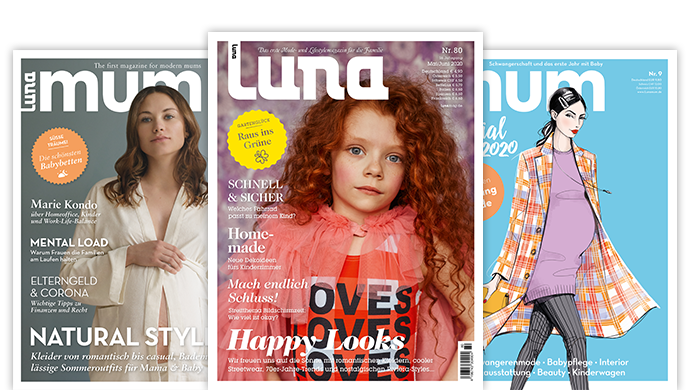
Leave a Reply